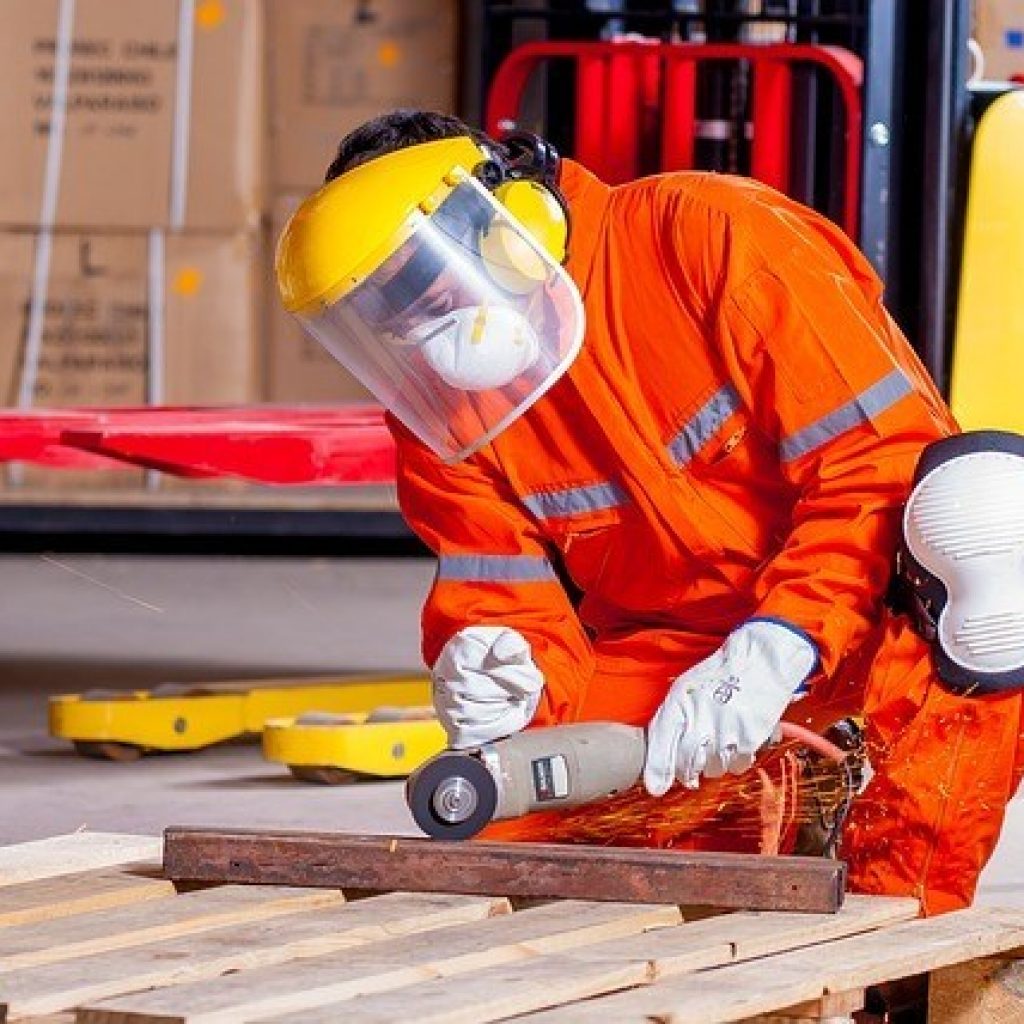Saving Money Through Workplace Safety
Although we have high safety standards here in the UK, workplace injuries continue to prevail and cost businesses money. In 2016/17, there were 137 workers killed due to a work-related accident. In 2015/16, there were also over 0.6 million workers who suffered from a non-fatal work injury which led to over 4.5 million working days lost, according to self-reports from the Labour Force Survey. It is also worth noting that in 2016/17, there were 92 members of the public killed due to work-related activities.
Interestingly, data from 2014/15 went on to suggest that workplace injuries cost £4.8 billion. Believe it or not, employers were billed £2.8 billion.
However, it’s important to reiterate that you can’t put a price on safety and the overall cost shouldn’t be the driving force behind new decisions. The importance of health and safety in the workplace is clear, not only for reducing the annual bill. As an employer, your staff’s safety should be at the forefront of your mind. We take a look at what measures a business can put in place to ensure the safety of their employees, as well as the public, to prevent the risk of workplace fatal and non-fatal injuries that could cost your company money in the long-term.
The equipment you need to reduce risk
Fatal injuries occurred mostly in the construction, agriculture and manufacturing industry. These industries in particular often require certain safety equipment to abide by health and safety regulations – and wearing the equipment could separate your employees from a near death experience and a non-fatal injury.
To prevent the need of an accident at work solicitor, on construction sites for example, head protection, hard helmets are often required. If your staff fail to wear the required hard hat, any of those injuries could be a direct cause of not wearing the correct safety equipment. Protective glasses should also be worn by employees that are exposed to debris, dust and bright lights that could damage the employee’s sight.
Implementing a work policy that says your staff are required to wear safety clothing and equipment is the first step to preventing workplace injuries that could lead to fatal deaths or long-term work absences, which cost your company money. It’s important to remember that protective clothing that can be compulsory within working environments like construction and manufacturing include steel toe cap boots, hi-vis clothing, safety gloves and noise cancelling headphones.
The importance of training
Training is key in many professions, and many businesses require their staff to have relevant qualifications. Every employee should be briefed on the safest fire exits around the premises, as well as what the procedure is in case of an emergency. In fact, many premises are permitted to carry out practice fire drills to ensure all members of staff are aware of the routine.
There’s much more to training than being first-aid or fire-safety trained though. In the manufacturing industry, which is the third most dangerous environment for fatal injuries in the workplace, some job roles require particular training and qualifications to use machinery. Where hazardous or dangerous machinery is involved, staff must be trained on how to use it – and must use the correct safety equipment and clothing at all times. 152,000 of the 621,000 non-fatal injuries in 2015/16 led to over 7 days of work absence – providing your staff with the appropriate training could save you a big cost seen through a loss of working hours due to workplace injuries.
Certificates are important in the construction industry for example, any employee who will be navigating a crane will require a Construction Plant Competency Scheme (CPCS) licence.
Understanding regulations
Did you know that data around non-fatal injuries revealed that one of the biggest causes was slipping and tripping? The main causes of slips, trips and falls in the workplace are uneven floor surfaces, unsuitable floor coverings, wet floors, changes in levels, trailing cables and poor lighting – all of which can be prevented or marked out safely if the proper regulations are followed. Legally, businesses must follow The Workplace (Health, Safety and Welfare) Regulations 1992, which stipulates that employers must ensure that floor spaces are in good condition and free from obstructions.
It’s crucial that businesses learn more about the UK’s Health and Safety Regulations 1996, as this will give them a greater insight into how to use the appropriate warning signs across their business to ensure that any risk is removed. For most companies, there are specific legal safety regulations in place to follow – it is worth looking up the regulations for your sector to maintain the safety of your staff.

